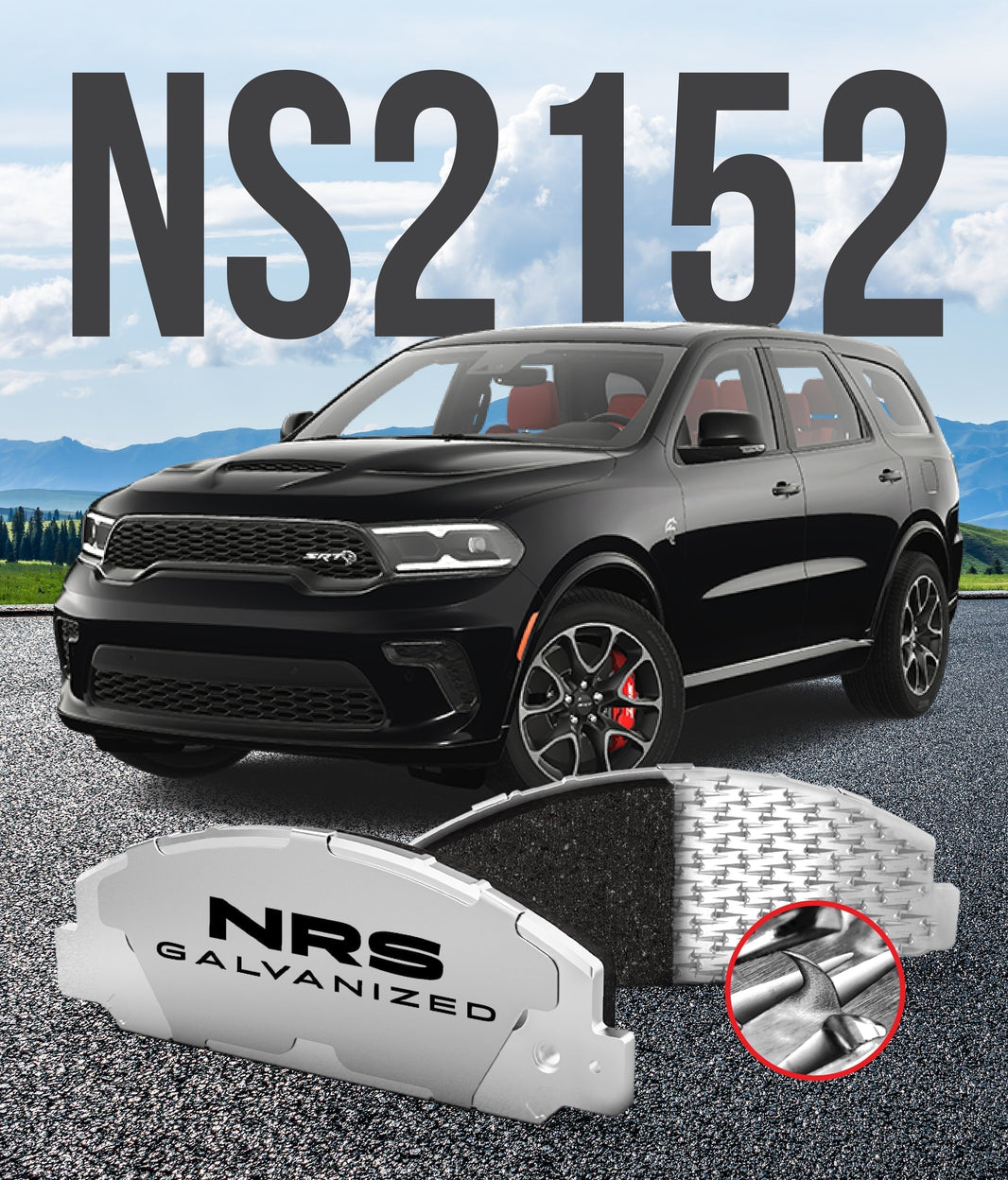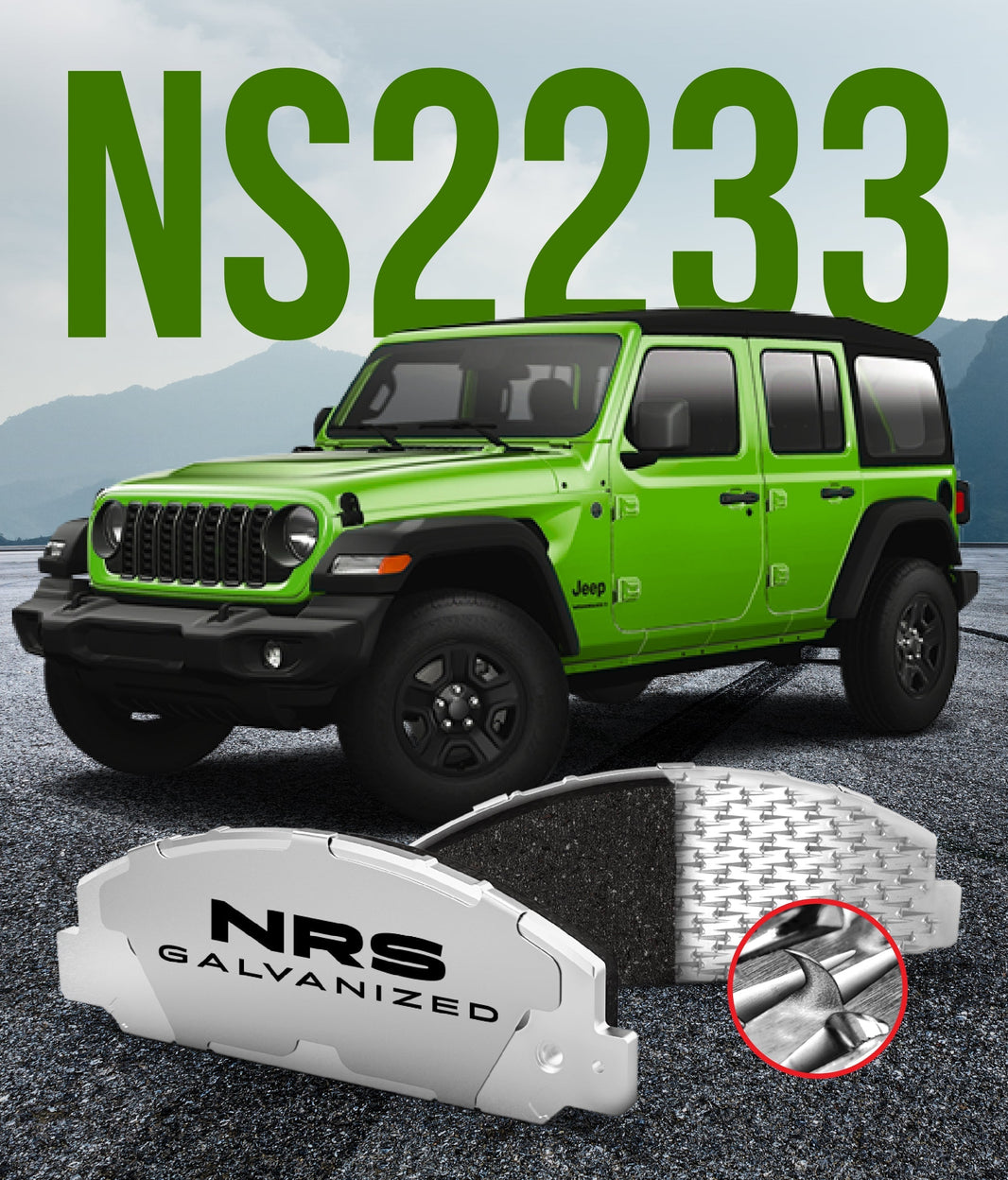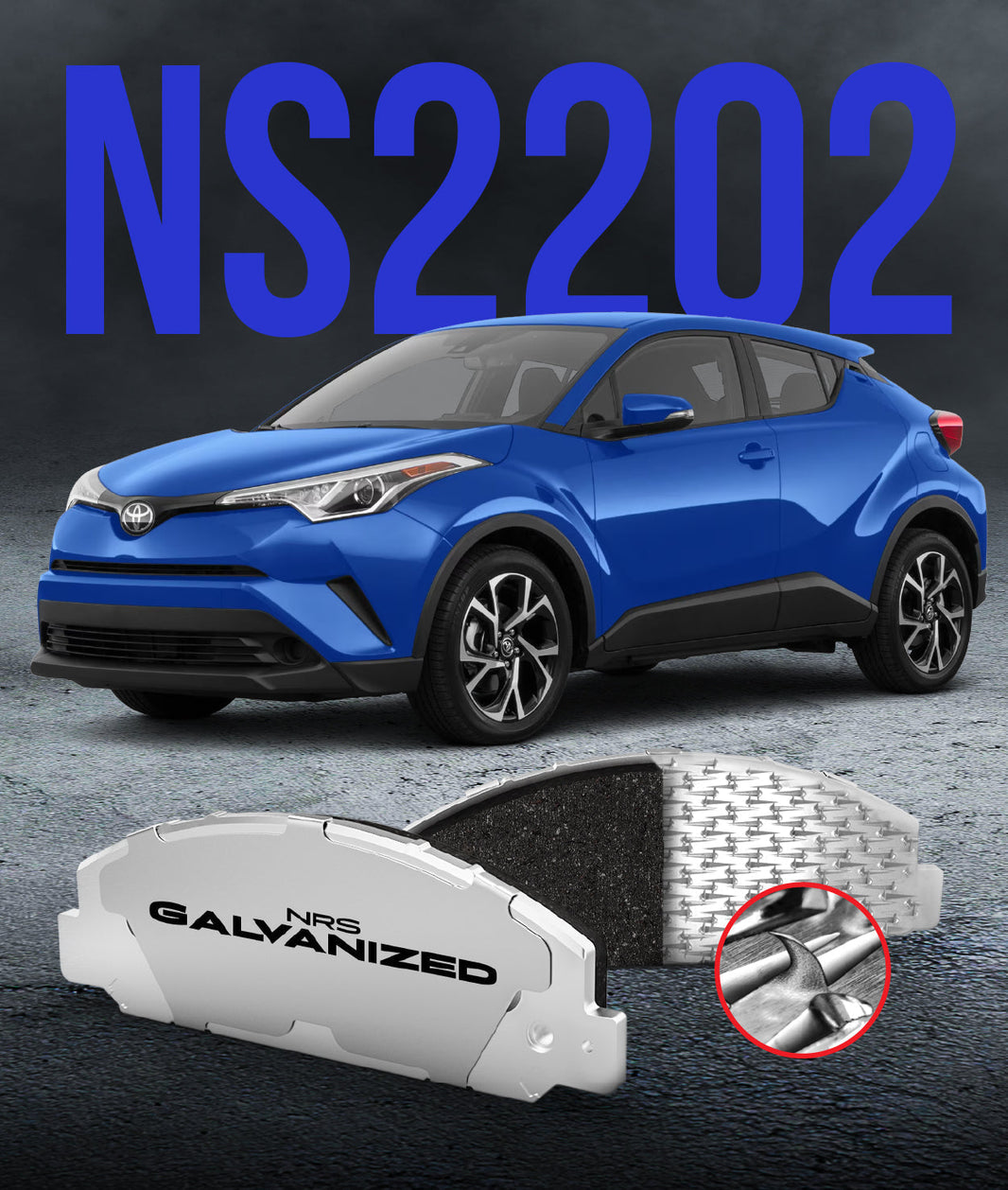There's a lot more to the proper operation of your car's braking system than hammering on the brake pedal when a squirrel leaps out in front of you. Braking systems in cars, trucks, and motorcycles are made up of a variety of components that transform the driver's motions into a physical force that brings the vehicle to a halt. One of these components is the brake pads.
Brake pads are the most important component of a car's braking system. They assist in a vehicle's gradual deceleration until it comes to a full stop. Through friction, brake pads convert the vehicle's kinetic energy into heat energy. The effectiveness of the brakes is totally determined by the frictional substance used, which has an impact on the performance of the brake pads.
We have compiled a list of some cool facts and tips about brake pads for those of you curious to know more about them.
1. Replace Your Brake Pads Regularly
The sort of driving you do, your driving style, and the amount of time you spend driving, all influence how long your car's braking system lasts. As a result, recommending a replacement time frame or mileage requirement is problematic. It's a good idea to get your brakes checked at every oil change, or at least twice a year, if your car is older than two years. Mechanics can estimate how much brake life is remaining by testing brake pad thickness and evaluating the condition of the rotors, calipers, and other gear.
2. Not All Vehicle Brake Pads are the Same
Because no two vehicles are the same, no two braking systems are alike. Different mass, weight distributions, wheel and tire sizes, and engine power output all have a role in deciding how much braking power a given vehicle requires, and hence the size, shape, and makeup of the brake pads.
3. Unusual Noises are a Sign to Replace your Brake Pads
Squeaks and metal-to-metal grinding noises are typical signs you are past due for new brake pads and/or rotors. Other signs to watch for include longer stopping distances and more pedal travel before you feel significant braking force. If it’s been longer than two years since your brake parts were replaced, you should have your brakes checked, ideally at every oil change, or every six months. Brake pads wear down gradually, so it’s too difficult to tell by feel or sound when it’s time for replacements.
4. Replace Front or Rear Brake Pads at the Same Time
Each wheel on the car has its own set of brake pads. The brake pads on the front wheels function together, just as the brake pads on the rear wheels function together. If one brake pad on the front axle is replaced, the rest of the front axle's brake pads should be replaced as well. Brake pads on the same axle usually wear out at the same time, so if one front brake pad is worn out, the other will be as well. On the other hand, the front brake pads and rear brake pads on an automobile do not necessarily wear out at the same time. Front brake pads wear out significantly faster than rear brake pads, so you'll have to replace them more frequently.
5. Worn Brake Pads Result in Dangerous Driving
Any car owner should be aware that faulty brake pads and shoes can result in expensive repairs if not treated promptly. Worn or wearing brakes will be cited as a contributory cause of injury or death in the case of an accident. Driving with worn brakes not only puts your safety and the safety of others at risk, but it also causes your rotors to deform as the brake lining wears out. The reaction time of your brakes will be slower. The more your brakes are worn down, the more difficult it is for them to slow and stop your car.
6. Ignoring your Brake Pads Can Cause Expensive Damage
Brake pads should be replaced every 50,000 miles in general, but your driving habits will ultimately decide how often you should replace them. Some drivers ignore warning signs that their brake pads are wearing out and continue driving. Not only will your brakes fail, but you will also do significant damage to your vehicle. You risk harming your rotors and braking calipers if you wait too long to change your brake pads.
7. There are Three Types of Brake Pads
There are non-metallic or organic brake pads, ceramic brake pads and semi-metallic brake pads. The softest brake pads are non-metallic or organic brake pads. They wear down quickly and generate a lot of brake dust. Semi-metallic pads are now standard on the majority of new cars. They are more heat resistant because of the metal element, but they are much less efficient at lower temperatures. They're appropriate for both high-performance and daily driving. Semi-metallic brake pads are less potent than ceramic brake pads, but they are also more expensive. These are only designed for high-performance applications and must be completely warmed up before use, thus they are not ideal for everyday use.
8. The Cost of Replacement Depends on the Car Model and Maintenance
The cost of replacing brake pads is determined not only by the car you drive, but also by whether or not any other repair is necessary at the same time. You may have damaged the rotors or calipers if you let your brake pads wear down more than suggested, and the expense may quickly build up to hundreds or even thousands of dollars. When changing brake pads, customers generally pay between $180 and $350. Parts and labor are included in this price.
9. Check Brake Pads At Every Oil Change
It is strongly suggested that you replace the brake pads before they begin to display any anomalies in order to guarantee that your automobile can continuously execute the most efficient, safest stops possible. Because brake pad life varies widely based on your specific driving style and whether you travel often in mountainous terrain or in high traffic, your vehicle's user handbook likely suggests examining the brake pads at every oil change. When brake pads reach their service limit, which is generally thickness of around 0.1 inch, they should be changed.
10.Brake Pads are a Key Component to your Braking System
Brake pads are a crucial component of your car's braking system since they influence how your vehicle slows down and stops when you use the brakes. They are made from a flat piece of steel with a thick coating of friction material applied on one side. When you step on the brake pedal, the brake pads make contact with the brake disc, causing friction and halting the wheels from spinning.
How quickly brake pads wear down is dependent on how often you drive, as well as your driving style. If you consistently drive through heavy traffic, needing to use your brakes frequently, or if you have a particularly heavy braking style, you will need to replace your brake pads more frequently than somebody who drives mostly in rural areas, or only drives occasionally.
11. Brake Pad Longevity Depends on your Driving Style
It's time to examine your driving habits if you're changing worn brake pads more frequently than you should be. A few little adjustments might help you become a safer driver while also increasing the life of your brake pads. Keep up with the flow of traffic to avoid any needlessly rapid, harsh braking. Allow at least the recommended following space between you and the automobile in front of you so you can coast to a lovely, effortless stop without squeezing the brakes. Remove any unnecessary weight from your vehicle. Maintain a moderate pace and avoid sudden braking in busy places.
When you wash your car, you can also take care of your brakes by spraying your rotors. Dust collects on your rotors when you brake, adding more friction to your brake pads as they engage, thus shortening their lifespan. When you wash your automobile, you should clean your rotors to keep them smooth and allow your brakes to engage neatly without excessive wear and strain.
12. Brake Pads and Brake Shoes are Two Different Things
Positioning and usage are the fundamental distinctions between brake pads and brake shoes. Brake pads and brake shoes are installed in the vehicle's braking system in different ways. Brake pads are contained within a caliper that surrounds the brake disc, whereas brake shoes are contained within the brake drum. Brake shoes have a far longer lifespan than brake pads. They are usually mounted on the back axle and provide a significantly smaller percentage of the braking effort. Both brake pads and shoes can be used on the same vehicle. In reality, many cars, especially smaller ones, employ a mix of the two, with disc brakes on the front axle and drum brakes on the rear axle.
13. High-Performance Brake Pads Dissipate Heat
The capacity to disperse heat is one of the most significant features of high-performance brake pads. The brakes will fade if the brake pads become too hot, and the hydraulic brake fluid will boil as a result. When braking components become excessively hot, brake fade develops, resulting in a decrease of braking and stopping force. Because brake fade is such a worry in racing, most high-performance brakes are ceramic; however, some extremely high-end race vehicles are beginning to employ materials like carbon fiber.
14. Brake Pad Indicator Light Comes On
Brake warning lights are now standard on the dashboard of most new cars. The Antilock Braking System (ABS) light is one, while the braking system warning light is the other. Be aware that when there's a problem with your brakes, the light won't always come on. It's also the light that displays on your dashboard while your parking brake is still engaged, but if you're seeing the brake warning light when your parking brake isn't engaged, it's time to have a brake professional analyze your problems.
15. Screeching Noise is Bad News
If your brake pads feature wear indicators, you may hear a screeching or whining sound when you use the brakes. This noise is produced by a tiny metal attachment on the brake pad backing plate that was designed specifically for this function. If you hear this noise on a frequent basis when braking, it's time to see a brake specialist for a checkup. Because not all brake pads have wear indicators, don't depend only on sound to determine the state of your brakes.
Final Words
Your brake system will not perform correctly if you don't have good brake pads, which could lead to possible collisions and expensive replacements. Choosing a high-quality brake pad brand is crucial. There are a variety of brands and types of brake pads to select from. NRS Brake Pads are the world’s longest lasting brake pads for a reason. They use zinc-plated steel construction and premium friction materials, ensuring you have the same stopping power throughout the life of the entire brake pad.
The coefficient of friction, wear, shear strength, hardness, and microstructural analysis of the brake pads have all been carefully tested. Check out NRS Brakes store for high quality brake pads.




